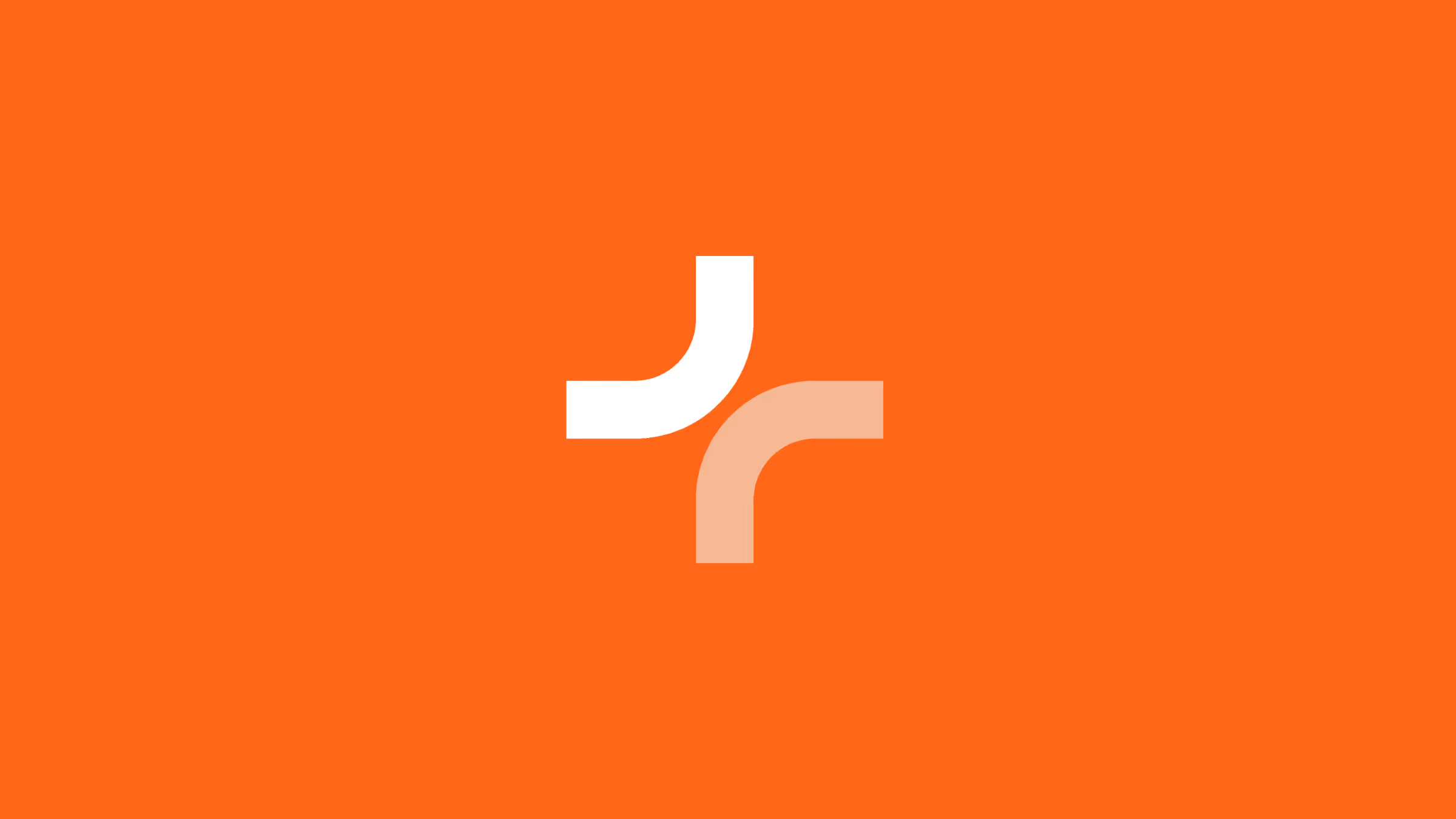Today, more and more businesses are investing in preventive measures while others are still waiting. Some companies are still hesitant about the cost and the lack of concrete benefits.
Is it profitable to invest in preventive measures?
The ROI, in terms of safety and health at work
Originally, the ROI,”Return On Investment”, compare the amount of money invested and the amount of money won or lost. Its result, positive or negative, allows companies to make investment decisions to be profitable. Its calculation seems more complex when it comes to funding for occupational safety and health.
How to measure the ROI of preventive actions?
The measurement of occupational safety and health is only done indirectly. It is important to distinguish between the employer's costs in the event of a work accident or health problem, and the benefits of preventive actions.
The cost of a work accident is made up of the cost direct, amount covered by the AT/MP contribution and vicarious, expenses borne by the company. The indirect cost can represent between 3 and 5 times the value of the direct cost, which is explained by the replacement of the absent employee by his colleagues, which thus generates overtime.
On average, the direct cost of a work accident would be €2,500 in expenses, which could exceed €10,000 taking into account indirect costs.

Yes, investing in preventive measures pays off for businesses!
According to the Survey by the International Social Security Association (ISSA)), investing €1 in risk prevention would allow a potential return of €2.20 thanks to the following advantages:
- Reduction in the number of workplace accidents
- Decrease in absenteeism
- Reduction in the number of occupational diseases and musculoskeletal disorders (MSDs)
- Employee motivation and satisfaction
- Improving the quality of products/services
- Improvement of the company's image
- Reduction of employer contributions to Health Insurance, in proportion to the number of accidents at work and occupational diseases recognized during the year
- Lower operating costs, resulting from improved working conditions and the development of new skills internally, thus reducing outsourcing costs
The amortization period is 1.5 years on average, which can be reduced to 1.2 years for SMEs according to the study published by the Professional Organization for the Prevention of Building and Public Works (OPPBTP).

Table of prevention costs for businesses and benefits of occupational safety and health
Beyond economic benefits
Beyond monetary profitability, investing in occupational safety and health not only contributes to the well-being and good quality of life of all employees, but also improves their working conditions, ensuring motivation and productivity within the company.
This improvement in working conditions also reinforces the CSR (Corporate Social Responsibility) policy, while giving society a positive and qualitative image.
In summary
Risk prevention may seem expensive, but not preventing risks can sometimes be even more expensive for the business.
Human capital is the most valuable in a company, preserve the health of your employees.



